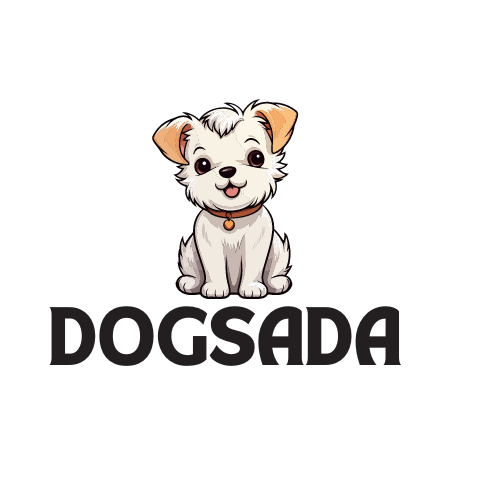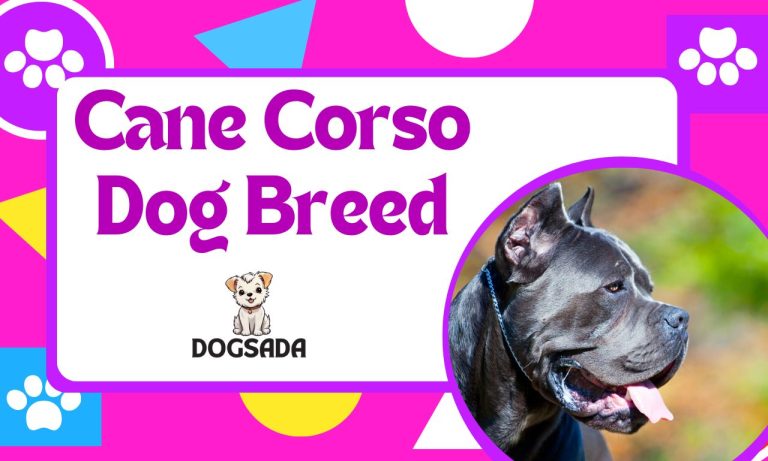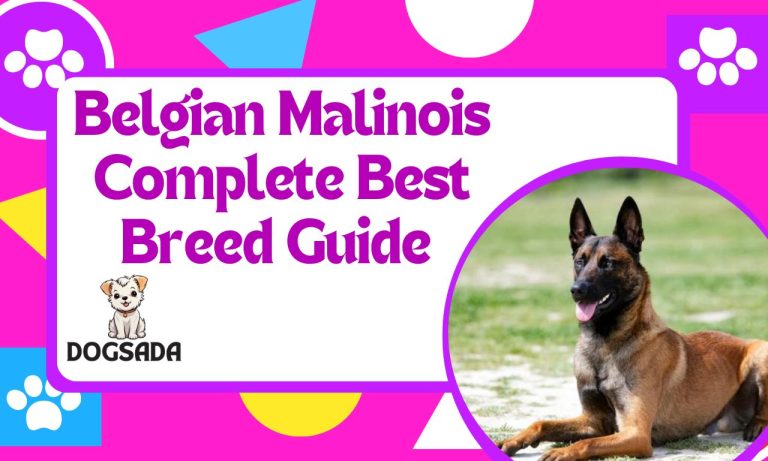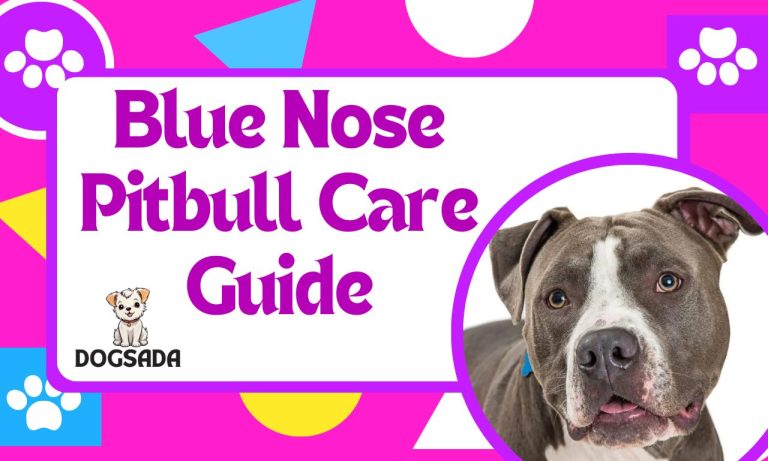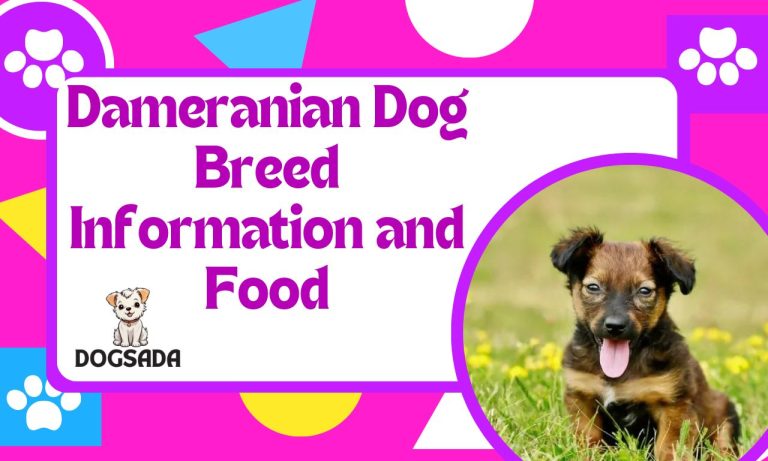Welcome to our complete Maltipoo puppy feeding guide! One of the most important aspects of providing your puppy with the best care for its overall health is making sure it receives the proper diet.
Thinking of buying a Maltipoo puppy or a dog. Or have one and don’t know where to begin with its care? Well, look no further as we have brought you a complete guideline on its care and feeding which will help you bring out its optimum health.
READ ALSO Can dogs eat banana bread?
Overview
| Maltipoo breed | |
| Size | 24-35cm |
| Weight | 2.2 – 9kg |
| Colors | black, white, brown, cream, fawn, gold, grey, bicolour, tricolour. |
| Coat | Wavy, curly |
| Shedding | Low |
| Lifespan | 10-15 years |
| Temperament | affectionate, friendly, and sociable. |
| Energy | Moderate |
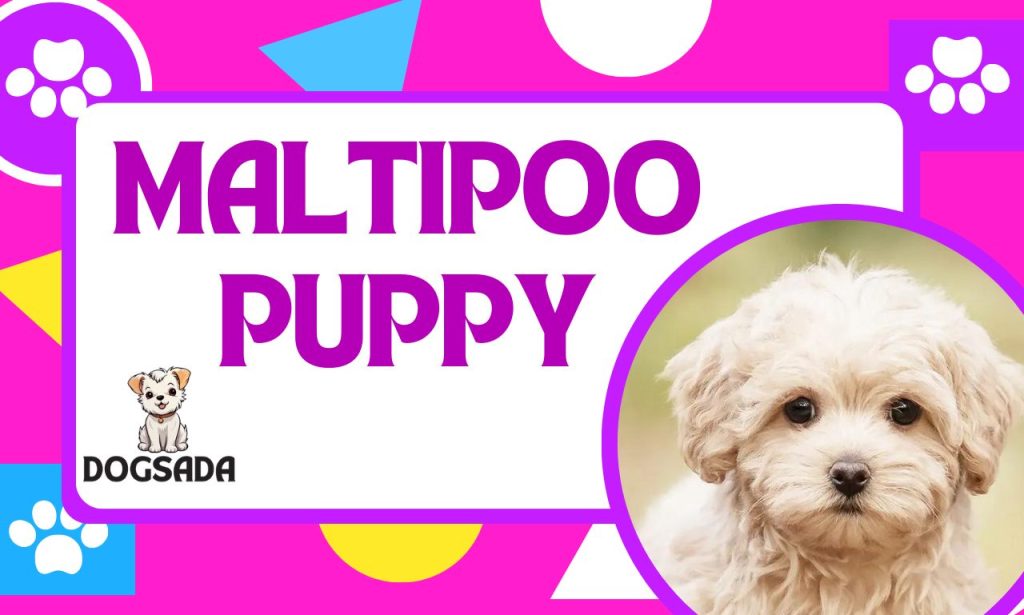
What is a Maltipoo?
This dog is an adorable mix of a Maltese and a Poodle, two breeds known for their intelligence and affectionate nature. This combination produces a dog that is not only smart but also obedient, making it relatively easy to train. Her Size. It is usually a small dog that weighs between 2-7 kilograms. This makes them a great choice for apartment dwellers and those who enjoy the company of a dog. Maltipoo’s fur is hypoallergenic.
Thanks to their poodle and Maltese ancestry, most Maltipoos have curly or wavy coats that shed very little, which is a blessing for allergy sufferers. Your temperament. Maltipoos have a friendly, calm nature.
Maltipoos are known to perform above average in intelligence tests, which is due to their Poodle ancestry (Poodles are considered one of the most intelligent dog breeds). Their high IQ not only makes them easier to train but also allows them to learn efficiently through training and perform tasks and services for their human companions. They are quick learners and pick up on simple and complex commands quickly.
When does a Maltipoo become a puppy?
Maltipoo puppies can be up to 1 year old. Age definitions are as follows: Up to 7 weeks old = Newborn 8 weeks to 1 year old = Puppy 1 to 8 years old = Adult After 8 years = Senior dog.
Milestones of this puppy
These puppies are fairly plump and have some “puppy fat” that contributes to their cute appearance. They usually start off with soft, fluffy puppy fur. As they grow, the coat thins a bit and the puppy hair is replaced by adult hair. If their genes lean towards poodles, their coat will curl a bit. If your genes lean towards Maltese, your puppy will have a silky, gently wavy coat. Puppies grow up quickly.
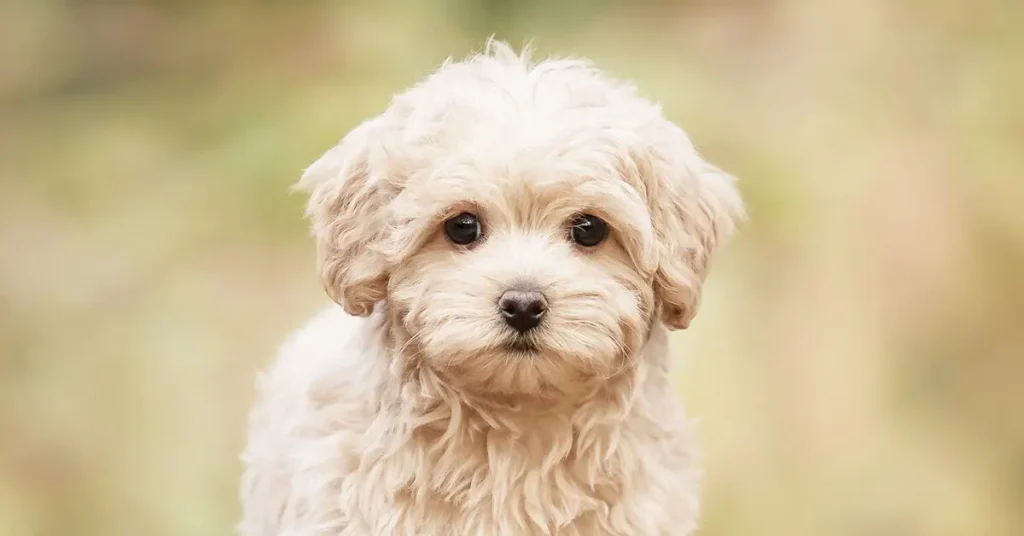
Here are the milestones you can expect:
3 weeks of age:
Your puppy has his eyes closed and is deaf. He was born toothless. Now he spends all his time nursing and sleeping.
Your puppy can hear well and his eyes are open. At this age, your puppy will try to walk for the first time. It is normal for your puppy to stumble and wobble. They need to get used to stretching their muscles and finding their balance.
At this age, they need a lot of sleep, some sleeping 18-20 hours a day… but it won’t be long before you wish they could nap more.
READ ALSO Diamond Naturals Dog Food Review
4-5 weeks old:
At this point, they are fully hearing, seeing, and walking very well. They have started weaning from liquid to solid foods.
At this age, they learn the behavior of their mother and their littermates, especially biting. While littermates frolic around, they will fight and bite each other.
They are still dependent on their mother at this point, but are getting ready to become a bit more independent.
6 weeks:
In most cases, their baby teeth will be fully in. Enjoy this period. It won’t be long until they start to lose their baby teeth and start to grow.
At 6 weeks old, your puppy is eating solid foods and spending more time away from his mother. He is wild and enjoys exploring his world.
8 weeks old:
Your 8-week-old puppy has been dewormed and given his 1st puppy vaccination. He is active, excitable, and inquisitive. He is independent from his mother and ready to move into a new loving home.
History
Unfortunately, there’s a lot we still don’t know about the history of designer dogs, but the biggest mystery is their origins. Aside from the popular Labradoodle, there aren’t many hybrid breeds with a well-documented history.
For so long, what we now think of as designer dogs were considered mongrels by pedigree dog lovers that no one bothered to document their official origins. In many cases, the first litter was probably born by accident. Unlike many of the more established pedigree dogs, we simply don’t know where most of these beautiful puppy breeds came from.
When it comes to the Maltipoo and its history, it’s not that different from most other crossbreeds. The Maltese Poodle mix was bred in the United States over the last 20-30 years. Maltipoos were bred by breeders to be small, affectionate companions whose role is to be a great pet that fits into any family’s lifestyle.
It’s that simple. The original breeder was definitely right on target. There’s no denying that the Maltipoo is a great companion for almost any family.
Both the Poodle and the Maltese are popular dog breeds, so it was thought that combining the two would maximize the benefits of both breeds. This puppy is made to be loved, and if you spend a few minutes in his presence, he’ll happily oblige.
Size variation in the Maltipoo breed
To get to the truth of the size debate, let’s look at what history has to say, rather than focusing on the white noise. This is from Aristotle’s History of Animals, written in 350 B.C.
The marten weighs 1-2 kg, while the polecat weighs about 0.5-1.4 kg.
Original Size
The natural size of the Maltese Canis Melitaeus (Maltese dog) is “about the size of a squirrel, with very long, soft, silky hair all over its body.” The size of a squirrel This is ridiculously small, so the breed almost disappeared, being crossbred with other small dogs such as poodles and toy spaniels when they arrived in England in the 18th century. This was obviously intended to make the breed bigger and more robust to cope with the new environment and climate in England.
Micro Maltese
Going back to the topic, Maltese (half Maltipoo) were historically very small, and certain Asian countries were able to preserve this small build and appearance as well as the bloodline. Let me be clear, there is no room for unethical breeding practices or sick and unhealthy dogs in a breeding program.
However, to label all small dogs that do not fit the mold of today’s dog classification bodies, i.e. the Kennel Club, as being poorly bred or coming from unhealthy breeding practices is not only wrong but also far removed from the actual historical truth that most people do not acknowledge or know.
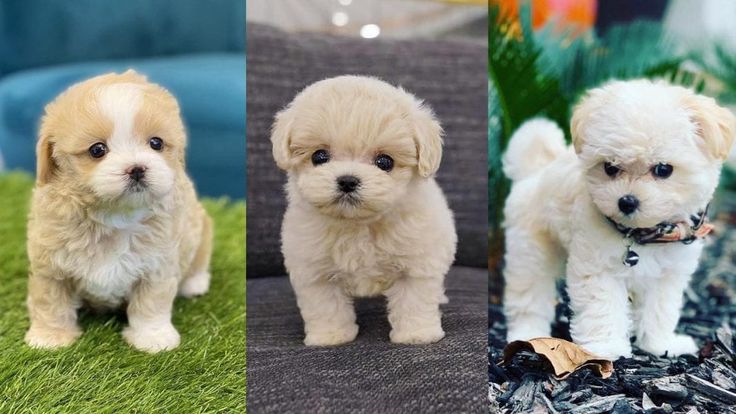
So there is no doubt that teacup dogs are a distinctly different size, with a different look and bloodline, although not recognized. Their environment, food, and water needs are exactly the same as the micro size. This size became popular among celebrities around 2015. Sizes range from 1.7kg to 2.7kg, with an average weight of about 2.5kg. Not suitable for families with small children. Short walks and activities are sufficient. Suitable for apartments and small yards.
Toy
The Toy variation is the smallest breed recognized by the Kennel Club. They are bred as pets, not working dogs. They range in size from 2.7kg to 4kg, with an average weight of about 3.5kg. They are ideal for families with children. A moderate walk of about 45 minutes. A home with a yard is recommended.
Small
Maltipoos can be small and standard interchangeably, and there are larger dogs in other breeds, but the size of this dog makes this the largest size for a Maltipoo. Quiet, active, and full of energy Sizes range from 4kg to 7kg, with an average weight of about 4.5kg. Great for homes with children of all ages. Requires daily work over a medium to long period of time. A home with a yard is recommended. As mentioned above, there are variations of Maltipoos depending on the lineage and DNA characteristics of the parents. We will look at the main variations of each of these variations.
Pros and Cons of Maltipoo Puppy:
Pros
Little Shedding: Most Maltipoos shed very little, making them good pets for people who suffer from allergies.
Easy to Train: Maltipoos are easy to train. They are motivated by food, so positive training methods using food rewards are effective.
Good with children: Maltipoos are gentle and affectionate. They are a great choice for families with children, especially older children.
Cons:
Barking: Maltipoos are very noisy and bark more than other dog breeds.
Separation anxiety: Maltipoos are anxious about being left alone at home. They may develop separation anxiety. This breed is not ideal for homes where no one is around most of the time.
Expensive: A Malt-a-Poo can be more expensive to adopt than many other breeds.
How to Feed your puppy
Recommended food list When feeding your Doodle dog, it is important to maintain a consistent feeding schedule to promote health and ensure proper growth.
How much should I feed my Maltipoo?
- 2-4 pounds: 1/3 to 1/2 cup per day
- 5-8 pounds: 1/2 to 3/4 cup per day
- 9-12 pounds: 3/4 to 1 cup per day
- 13-16 pounds: 1 to 1 1/4 cups per day
- 17-20 pounds: 1 1/4 to 1 1/2 cups per day
- Puppy stage – under 4 months 4 times a day
- Transition to adulthood – 4-12 months 3 times a day g
- Adults – 12 months+: twice a day
Adjust portion size to your Maltipoo’s specific needs, taking into account his size, age, and activity level. This means that older dogs need more calories per pound of body weight.
It is important to visit your vet to make sure the diet meets your Maltipoo’s nutritional needs and can be adjusted as his growth and needs change.
Consistency in meal times will help stabilize your pup’s digestion and establish a good routine.
Food nutrients
Use 80% high-quality protein sources such as beef, turkey, salmon, lamb, veal, and rabbit. Note that chicken and duck are known to increase the risk of allergic reactions in Maltipoos and many other breeds, so exclude these poultry sources. If feeding a raw diet, be sure to add small amounts of organ meats (heart, liver, kidneys) (daily or weekly).
The amount varies depending on size, but a good rule of thumb is about 5% of the total weight of the diet.
Adding about 10% carbohydrates such as sweet potatoes, oats, potatoes, pumpkin, and blueberries will increase food intake and make them feel fuller.
The remaining 5% should consist of good fats, such as those from egg yolks, coconut oil, salmon, mackerel, and sardines.
Health Care
Training & Exercise Understanding your Maltipoo’s training and exercise needs is crucial to their health and your happiness. Maltipoos are intelligent, friendly, energetic, and eager to please, so they are generally easy to train.
Training
Early puppy training classes and socialization will help your puppy grow into a friendly, affectionate, well-adjusted, and confident adult.
Use treats, praise, and play as rewards. Maltipoos respond well to positive reinforcement, encouraging good behavior without the need for harsh methods.
Consistency is key. Be consistent with your commands and routines. This helps them understand what is expected and prevents confusion. Short Sessions: Keep training sessions short and fun. Maltipoos have a short attention span, so 5-10-minute sessions several times a day are more effective than longer sessions.
Exercise
Exercise Needs Although Maltipoo puppies are small, they have a moderate energy level and need regular exercise to stay healthy and happy. Meeting their exercise needs is important to maintain their physical health and avoid boredom that can lead to destructive behavior.
Here are some tips to keep your puppy n dogs active and busy:
Daily walks: Maltipoos enjoy going for walks and exploring their surroundings. Aim for at least 20-30 minutes of walks per day to burn off energy and satisfy their curiosity. You can adjust the length and frequency of walks depending on your dog’s age, fitness level, and individual needs.
Playtime: Maltipoos love to play, and playing games with their owners is a great way for them to exercise and bond with the family. Games like fetch, tug-of-war, and hide-and-seek are great ways to keep your puppies n dogs fun and active. You can also use interactive toys to stimulate and exercise your dog’s mind when you’re not around.
Indoor Exercise: If outdoor space is limited or the weather is bad, your dog can also be exercised indoors. Play games, do treat puzzles, or create indoor obstacle courses to keep your dog engaged and exercised. Going to the dog park or setting up playdates with other dogs will provide both physical exercise and mental stimulation, helping to develop important social skills.
Regular training and exercise will not only keep them healthy but also strengthen the bond between the Maltipo and its owner, making it a family pet.
How to Groom Your Puppy
Maltipoo puppy with cute needs In short, if you don’t have time to groom this dog is not for you, period! As with all small bloodhounds, this dog needs regular grooming and regular maintenance to keep the coat growing.
Grooming:
Regular grooming of their hypoallergenic coat is important not only for their appearance but also for their health and comfort.
Wash: Regular bathing is important to keep your coat clean and healthy. Use a mild shampoo formulated for fine hair. The soap should be washed thoroughly to minimize skin irritation.
Brushing: Regular grooming is important to prevent tangles and shedding, and to keep the coat smooth. Use a fine brush from head to tail. Choose the accessories that work best for you and your furry friend for a stress-free grooming routine.
Nails trimming: Trim nails as needed. Brushing your teeth can prevent dental problems.
READ ALSO The Ultimate Guide to Golden Shepherd
Toxic foods for Maltipoo puppies
While it is important to know what to feed your puppies, it is also important to know what foods to avoid.
Some foods that are safe for humans are harmful or toxic to dogs. Here are some foods you should never give your puppy:
Chocolate: Chocolate contains theobromine, a chemical that can cause heart problems, muscle tremors, or seizures in dogs.
Grapes and grapes: May cause kidney damage in dogs. Even a small amount can kill dogs. Onions and garlic: These foods can irritate the digestive tract and harm your dog’s red blood cells.
Alcohol and caffeine: Can cause many symptoms in dogs, from poisoning and neurological problems to increased heart rate, seizures, and death.
Xylitol: This artificial sweetener, found in many sugar-free products such as gum and candy, can cause insulin spikes in dogs and lead to diabetes.
Avocados: Avocados contain persin which can cause vomiting and diarrhea in dogs.
Dairy products: Some dogs are lactose intolerant and eating dairy products can cause digestive problems. Raw meat, eggs, and bones: Raw meat and eggs may contain bacteria such as salmonella and E. coli, which are harmful to pets. Raw bones can cause choking or damage to your dog’s digestive tract.
Salt: Foods high in salt can cause excessive thirst and urination in dogs, and in extreme cases, lead to sodium excretion.
Price of Maltipoo Puppies
Maltipoo puppy cost between £1000 and £2500, depending on the breeder. If you are looking for a breeder, be sure to do your research and make sure the breeder you are looking for is a responsible breeder.
They will be happy to answer all your questions, are very knowledgeable about all aspects of the Maltipoo, and can provide you with personal meetings, breeding licenses, and original documents, certificates, and vaccinations.
Adopting from a shelter such as the RSPCA, Dogs Trust or Battersea Dogs & Cats Home is a way to adopt a dog from a reputable organization and give it to someone in need. Dogs are a great way to provide a loving home. Dogs from shelters are more affordable, so your wallet won’t break even! Multiple.
Conclusion
A cross between a Maltese dog and a Poodle, the Maltipoo puppy is typically hypoallergenic. However, no dog is truly hypoallergenic, because even if they don’t shed much, all pets can still develop allergies. If you or a member of your family is allergic to dogs, there is no guarantee that this dog will not be allergic. Before bringing the dog home, sit with the breed to see how it reacts.
Feeding your puppy and dog properly is one of the most important aspects of dog care. With a good diet and feeding plan, along with proper care and the right supplements, you can keep your child healthy throughout his life.
Remember that your Maltipoo’s nutritional needs will change as he grows. It is important to check in regularly with your veterinarian to ensure that their diet is meeting their varying needs.
Finally, make sure you know the foods that are bad for dogs, so that your child can avoid them. By knowing and implementing these guidelines, you can take good care of your Maltipoo dog.
